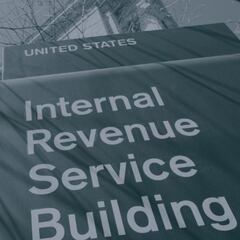The 10 US cities that have been hardest by inflation
Inflation has cut into purchasing power households across the country. However, these are the ten cities that have seen the highest increases.


In the United States, inflation and its impact on household purchasing power are slowing, but prices are still increasing, with some cities experiencing higher growth than others.
Cities hit hardest by inflation
Rising 7.8 percent over the last year, residents of the Greater Miami area, including Fort Lauderdale and West Palm Beach, have seen the greatest surge in consumer prices of any metro area in the United States. The rental market has driven inflation in the Miami area, with the average lease price growing fourteen percent since September 2022. Grocery prices have also ticked up a little over four percent, with the Bureau of Labor Statistics (BLS) reporting that all six food groups tracked in the Consumer Price Index (CPI) increased over the last year. The BLS uses the CPI to calculate changes in prices of goods and services at the city, regional, and national levels.
Of the dozens of cities where the Bureau of Labor Statistics tracks price changes, none have seen prices fall over the last year. Here are the ten cities and metro areas that have been hit hardest by inflation since this time last year:
- Miami, Florida: 7.83 percent
- Tampa, Florida: 6.72 percent
- Detriot, Michigan: 5.86 percent
- Seatle, Washington: 5.4 percent
- Riverside, California: 4.86 percent
- San Diego, California: 4.69 percent
- Dallas-Fort Worth, Texas: 4.56 percent
- Atlanta, Georgia: 4.35 percent
- Philadelphia, Pennsylvania: 3.94 percent
- New York City, New York & Newark, New Jersey: 3.73 percent
Related stories
Consumers in two of Florida’s most populous cities lead the country in price increases. Like Miami, Tampa has also seen the cost of housing rise over ten percent, with renters seeing prices rise 8.9 percent, slightly less than homeowners who are paying on average 11.4 percent over the last twelve months.
Cities where inflation has slowed
While none of the cities saw average prices fall over the last year, cities like Minneapolis-St.Paul (2.2 percent), Chicago (2.28 percent), Boston (2.61 percent), and Houston (2.68 percent) all saw the CPI increase less than three percent.

